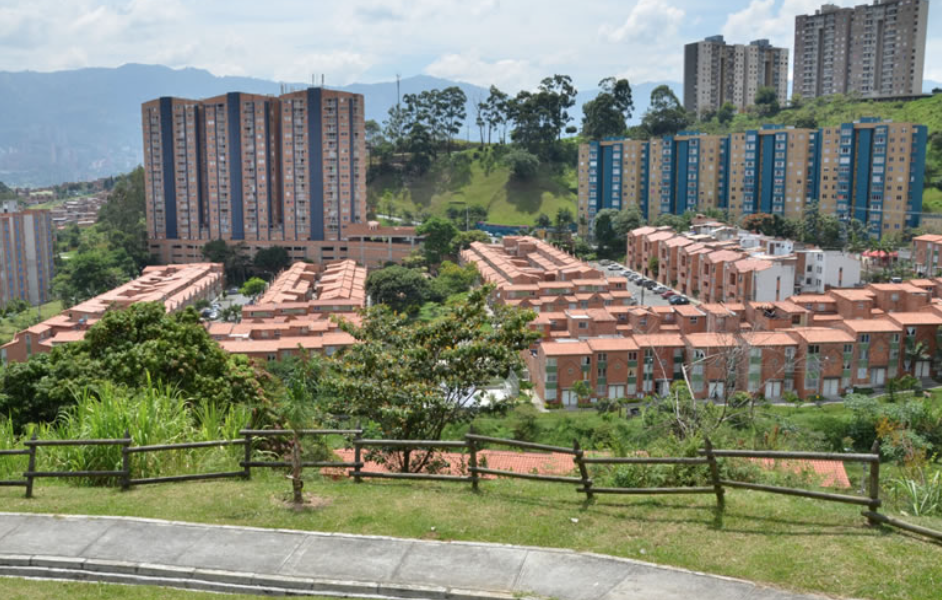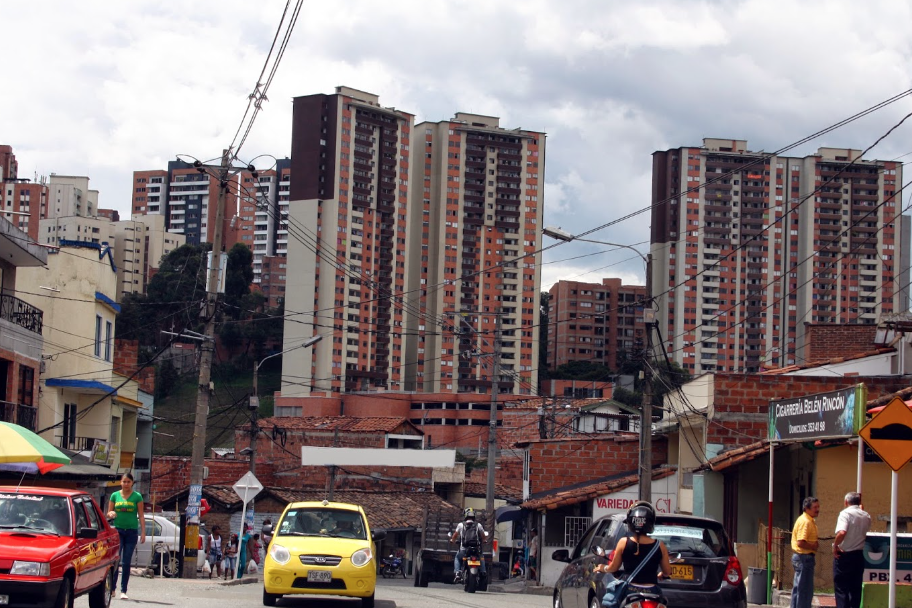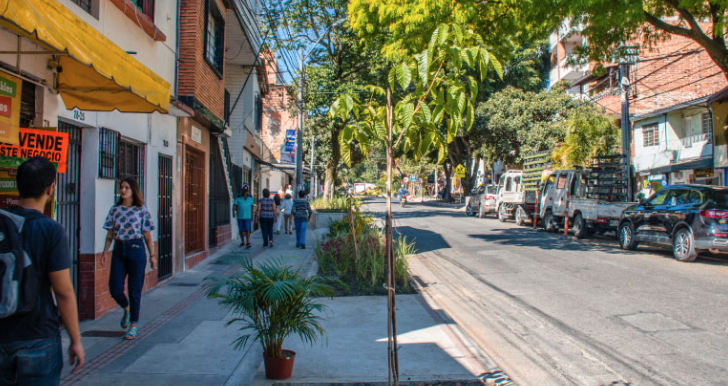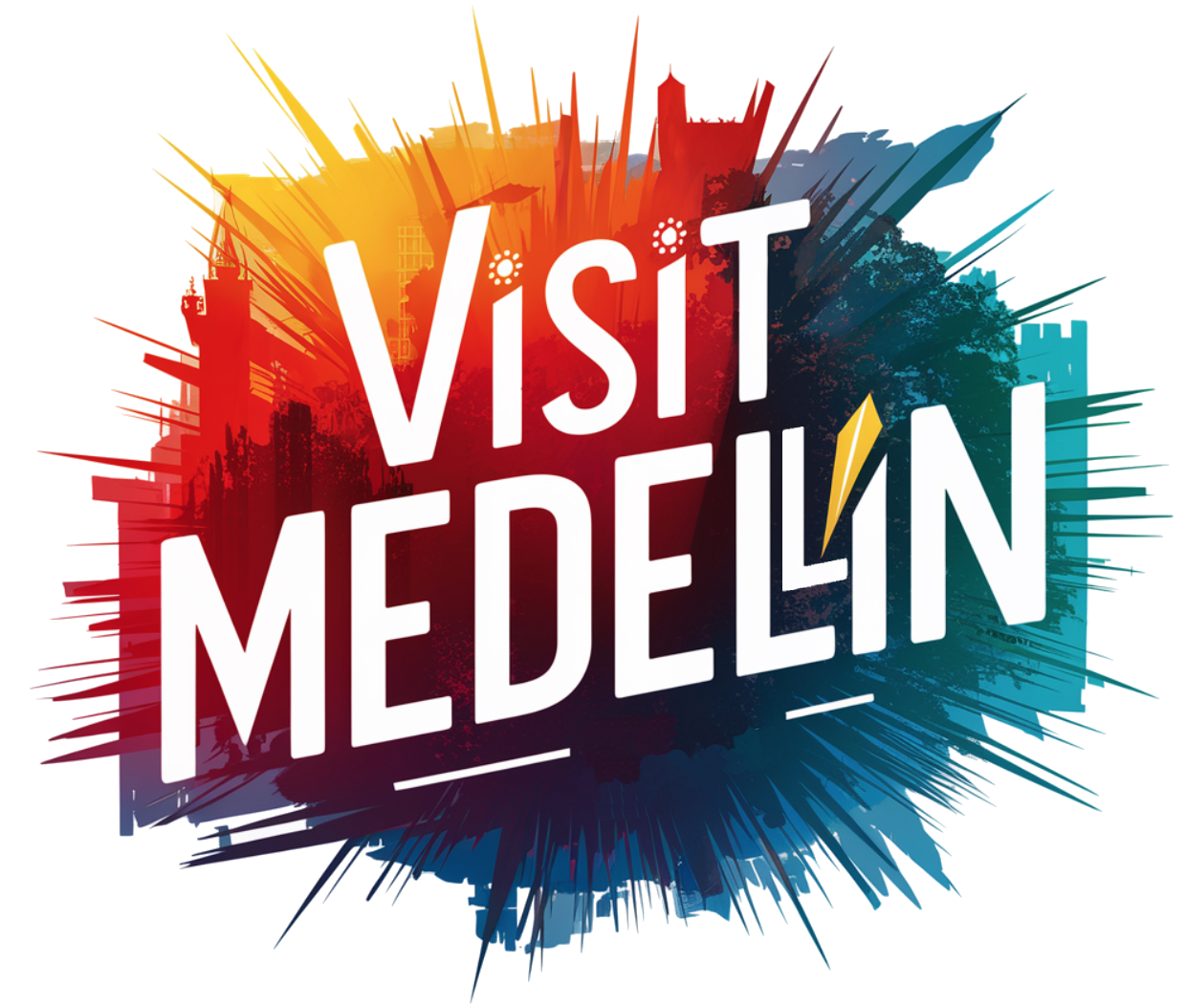Belén is one of Medellín’s largest and most diverse neighborhoods, located in the western part of the city. Known for its strong sense of community, rich history, and a mix of residential and commercial areas, Belén offers a more authentic and local experience compared to the more touristy parts of Medellín. Here’s a detailed look at Belén:
1. Location and Geography
- Position: Belén is located in the southwestern quadrant of Medellín, bordered by the neighborhoods of Laureles, El Poblado, and the Medellín River to the east. It’s part of Comuna 16.
- Topography: The neighborhood is relatively flat in the eastern sections near the river but becomes more hilly as you move westward toward the mountains.
2. History and Development
- Origins: Belén is one of Medellín’s oldest neighborhoods, with roots going back to the early colonial period. It started as a rural area but gradually urbanized throughout the 20th century.
- Growth: As Medellín expanded, Belén developed into a residential area with a mix of traditional homes and modern apartment buildings. The neighborhood has retained much of its historical charm while adapting to the city’s growth.

3. Community and Lifestyle
- Local Vibe: Belén is known for its friendly and welcoming community. It’s a neighborhood where people know their neighbors, and there’s a strong sense of local identity.
- Residential Appeal: The area is popular with families, young professionals, and retirees. It’s more affordable than El Poblado and Laureles, making it an attractive option for a wide range of residents.
4. Neighborhoods Within Belén
- Belén Central: This is the heart of the neighborhood, where you’ll find the main plaza, the Church of Nuestra Señora de Belén, and a concentration of shops and restaurants.
- La Palma and Rosales: These are more upscale residential areas within Belén, known for their quiet streets and proximity to green spaces.
- San Bernardo and Las Playas: These areas are more working-class, with a mix of older homes and newer developments. They offer a more traditional feel and are popular with long-time residents.

5. Education and Institutions
- Schools and Universities: Belén is home to a variety of educational institutions, from primary schools to universities. The Universidad de Medellín is one of the prominent higher education institutions located in the area.
- Libraries and Cultural Centers: The neighborhood has several public libraries and cultural centers that offer programs for children, adults, and seniors, contributing to the community’s vibrant cultural life.
6. Commerce and Economy
- Local Businesses: Belén is a hub for local commerce, with numerous small businesses, markets, and shops catering to the daily needs of residents. The area has a strong local economy driven by family-owned businesses.
- Shopping Malls: The Los Molinos shopping mall is one of the main commercial centers in Belén, offering a mix of retail stores, restaurants, and entertainment options.

7. Parks and Green Spaces
- Unidad Deportiva de Belén: This large sports complex is one of the neighborhood’s most significant landmarks, offering facilities for swimming, tennis, soccer, and other sports. It’s a popular spot for both recreation and community events.
- Cerro Nutibara and Pueblito Paisa: Located nearby, this hill offers hiking trails and panoramic views of Medellín. At the top, you’ll find Pueblito Paisa, a small replica of a traditional Antioquian village, which is a popular tourist attraction.
8. Culture and Heritage
- Traditional Festivals: Belén is known for its cultural and religious festivals, particularly around the holiday season when the neighborhood comes alive with lights, music, and parades.
- Historic Sites: The Church of Nuestra Señora de Belén is one of the oldest and most significant religious sites in the neighborhood, with beautiful architecture and historical significance.
9. Transportation
- Accessibility: Belén is well-connected to the rest of Medellín via several main roads, including Avenida 80 and Avenida Bolivariana. The neighborhood is also served by the Medellín Metro, with the closest stations being La Palma and Los Alpes.
- Public Transport: Buses and taxis are widely available, making it easy to get around both within Belén and to other parts of the city.
10. Gastronomy and Nightlife
- Local Dining: Belén offers a diverse range of dining options, from traditional Colombian eateries to international cuisine. The area around Los Molinos and Avenida 33 is particularly popular for its restaurants and cafes.
- Nightlife: While not as vibrant as El Poblado or Laureles, Belén has a growing nightlife scene, with local bars and music venues that cater to a more laid-back crowd.
11. Safety and Living Standards
- Safety: Belén is generally considered a safe neighborhood, though, like any urban area, it has spots where caution is advised, particularly late at night. The community’s strong local ties contribute to a sense of security and belonging.
- Quality of Life: Residents of Belén enjoy a good quality of life, with access to all necessary amenities, including healthcare, education, and recreational facilities. The cost of living is lower compared to more upscale neighborhoods, making it accessible to a broader population.

12. Challenges
- Urbanization and Traffic: Like many parts of Medellín, Belén faces challenges related to urbanization, including traffic congestion and maintaining green spaces amidst development.
- Social Issues: While Belén is generally safe, there are areas that face social challenges, including poverty and crime, particularly in some of the more densely populated and lower-income sections.
Conclusion
Belén is a vibrant and diverse neighborhood that offers a more authentic, local experience of Medellín. It’s a place where tradition meets modernity, providing a comfortable and community-focused environment for its residents. Whether you’re drawn to its parks, cultural life, or the warmth of its people, Belén is a neighborhood that embodies the spirit of Medellín, making it an appealing place to live and visit.



